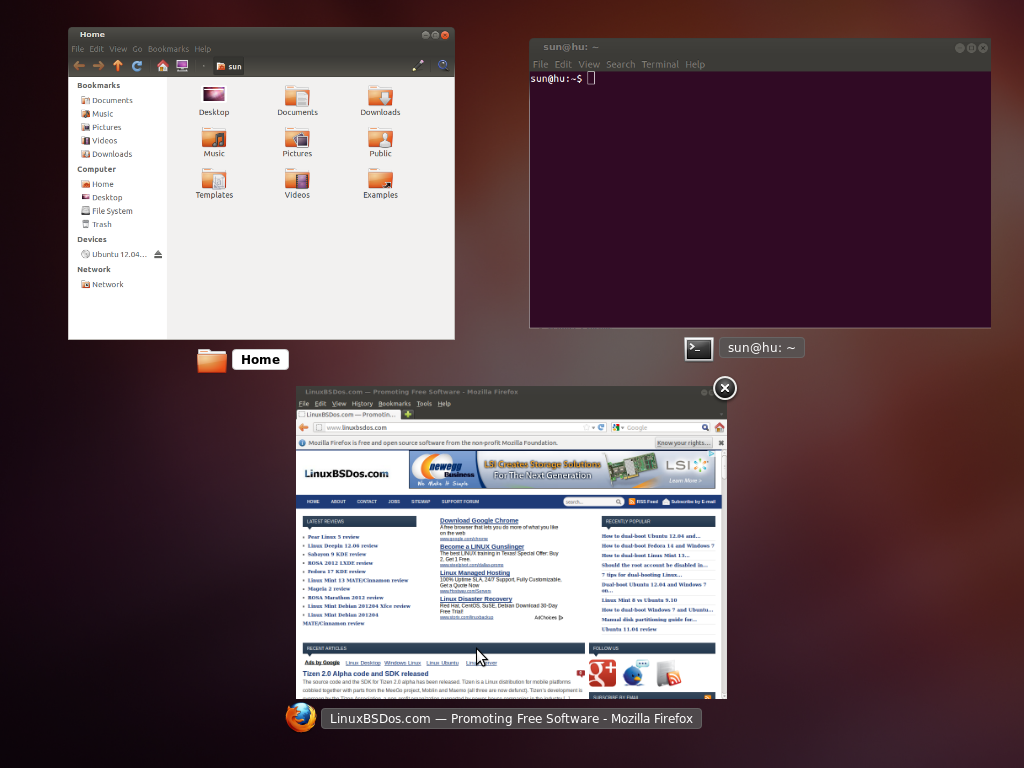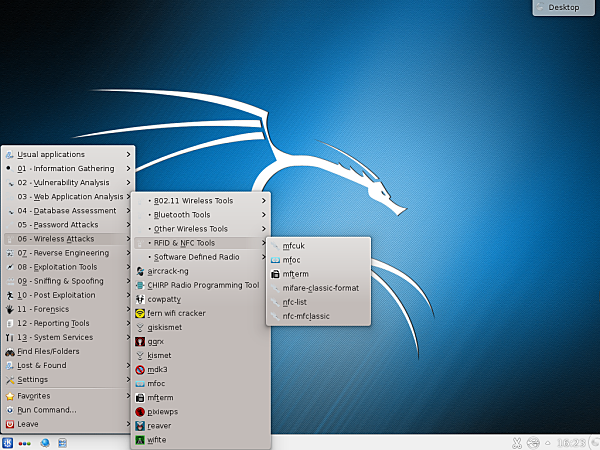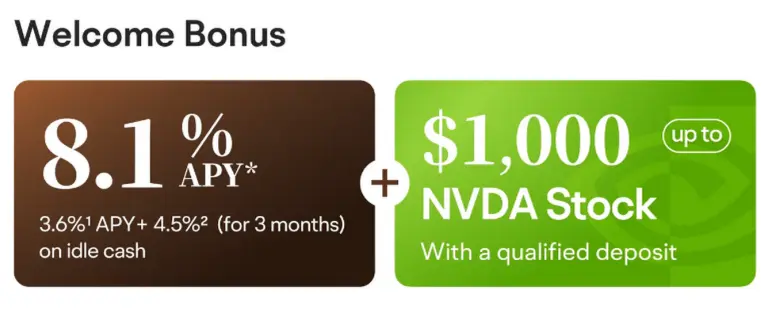The crypto market is buzzing again as conversations shift toward Ethereum’s potential over the next two years. Analysts and investors alike are wondering whether ETH can realistically reach the $7,000 mark sometime 2026. Exchange-traded funds (ETFs) have already opened the doors to a new wave of institutional capital, while Layer 2 adoption continues to expand Ethereum’s reach.
At the same time, opportunities for early-stage projects are being supported by tools like an Ethereum launchpad, which provide developers and investors with new ways to participate in Ethereum’s ecosystem. Together, these factors create a strong case for Ethereum’s long-term appreciation.
Ethereum price forecast: Analysts set $7K as the next big target
The price of Ethereum has recently consolidated between $4,460 and $4,575, demonstrating considerable strength amid market fluctuations. It is currently trading at about $4,433 with a relative strength index (RSI) reading of 54 – neither overbought nor oversold. According to analysts, a clean breakout above $4,700 would open the path toward higher resistance levels. According to analysts, if the price falls below $4,430, support near $4,160 is likely to be tested.
The $7,000 target frequently appears in Ethereum predictions for 2025 and 2026. The driver behind that confidence is the fast-paced growth of spot Ethereum ETFs. These funds already constitute approximately 15% of the total ETH spot market volume, up from a meager 3% in late 2024. That increase indicates an increasing appetite among institutional investors for regulated, accessible exposure to Ethereum.
Institutional adoption via ETFs has expanded Ethereum’s reach by offering investors a safer alternative to direct custody. There is no need for private key management or maneuvering through decentralized exchanges; traditional players can buy into Ethereum straight from stock-like products. This brings a significant shift, particularly for pension funds, asset managers, and all other entities that would otherwise stay miles away from crypto due to its custody concerns.
Institutional momentum: ETFs and beyond
The introduction of spot Ethereum ETFs has been a game-changer. Regulated products bring not just easier accessibility but also the perception of legitimacy to mainstream financial markets regarding Ethereum. Large asset managers are now able to allocate capital to ETH sans the hurdles of technical onboarding, and this inflow is creating upward pressure on price forecasts.
But there are trade-offs. ETF issuers will most likely keep ETH in big centralized wallets, not staking it, and not using it within decentralized finance. This increases exposure but decreases the active use that has always defined the Ethereum ecosystem. Some analysts fear that the high concentration of ETH in ETFs could harm its decentralized nature.
It is with this that regulators are keen on deciding whether to allow staking inside ETFs. If passed, it will support Ethereum in its efforts to attract mainstream investors while enhancing the network’s security and decentralized application functionalities. Such a move would spearhead another level of evolution for Ethereum, being a bridge between traditional finance and decentralized utility.
Scalability and Layer 2 expansion
ETFs may be able to drive institutional demand, but scalability has always played a significant role in the long-term proposition of value for Ethereum. Layer 2 solutions, which comprise rollups and sidechains, are increasingly helping to reduce fees and congestion on Ethereum’s main network. Upgrades such as these are essential because they enable applications built on top of Ethereum to be used by regular people, while still maintaining security through the base layer.
Decentralized finance (DeFi) and non-fungible tokens (NFTs) are created and continue to exist through these Layer 2 networks. Cheaper fees, faster transactions- this is adoption being fueled across various sectors. Analysts believe that Layer 2 scaling is enabling Ethereum to support elevated valuations with increased activity, leading to firmer fundamentals and much wider global use cases.
As Layer 2 solutions begin to gain traction, it is expected that the developers, apps, and users within Ethereum’s ecosystem will grow. Technological advancement combined with institutional demand could serve as two engines driving ETH toward the $7,000 mark.
ETF dominance explained: Opportunity and risk
The term “Ethereum ETF dominance” accurately describes what is being observed. On the one hand, ETFs are fueling adoption to a degree never previously witnessed and allowing for investor uptake across such a broad cohort. On the other hand, this opens up additional risk related to asset concentration, where large financial players will soon hold a significant amount of ETH in custodial accounts rather than participating in the decentralized economy.
Most analysts argue that ETFs have been a net positive for Ethereum’s price performance by opening up new classes of investors to it. Among many, this is seen as a bridge between crypto’s grassroots beginnings and its future as a globally recognized asset class.
If permissions for ETFs to stake are approved, then the dynamic could change. Not only would Ethereum benefit from institutional inflows, but also from increased staking participation, thereby improving the network’s security and aligning incentives across traditional and decentralized markets. This potential outcome remains at the core of several optimistic forecasts for Ethereum in 2025 and 2026.
Conclusion: Ethereum’s defining moment
As 2025 unfolds, Ethereum finds itself at the center of both institutional and technological transformation. ETFs have unlocked unprecedented levels of adoption, while scalability improvements ensure the network remains practical and accessible.
With forecasts pointing toward $7,000 and beyond, Ethereum’s journey is becoming a defining chapter in the evolution of crypto. Whether through institutional inflows, Layer 2 expansion, or the continued growth of decentralized applications, Ethereum is poised to prove that it is more than just another digital asset – it is the backbone of a rapidly maturing digital economy.







